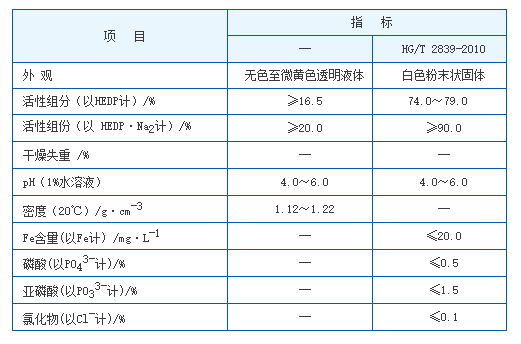coagulant and flocculant chemicals
Coagulant and Flocculant Chemicals Their Importance in Water Treatment
In the realm of water treatment, coagulant and flocculant chemicals play a pivotal role in ensuring clean, safe water for consumption and various industrial applications. The primary function of these chemicals is to facilitate the removal of suspended particles, colloids, and turbidity from water, thereby improving its clarity and quality.
Understanding Coagulation and Flocculation
Coagulation and flocculation are two essential processes in water treatment. Coagulation involves the addition of coagulant chemicals—such as aluminum sulfate (alum), ferric chloride, or polyaluminum chloride—into water. These substances destabilize the charges on suspended particles, allowing them to agglomerate or clump together. The formation of these larger aggregates is a crucial step, as it enhances the efficiency of subsequent processes.
Following coagulation, flocculation takes place. This step typically involves the gentle mixing of the water to encourage the formation of larger particles, known as flocs. Flocculants—such as polyacrylamides or natural organic polymers—help in this process by further binding the aggregating particles together. The combined action of coagulation and flocculation results in the formation of sizeable flocs that can be easily separated from the water, either through sedimentation or filtration.
Significance in Different Industries
coagulant and flocculant chemicals

The use of coagulants and flocculants extends beyond municipal water treatment facilities. They are also vital in various industries, including food and beverage, pharmaceuticals, and wastewater management. In the food industry, for example, these chemicals help clarify juices and other beverages, ensuring a palatable appearance. In pharmaceuticals, they are used to purify water, assuring that it meets stringent health regulations.
Moreover, in wastewater treatment, the effective application of coagulants and flocculants aids in the removal of contaminants, heavy metals, and organic pollutants. This not only protects the environment but also helps industries comply with regulatory standards regarding effluent discharge.
Environmental Considerations
While coagulant and flocculant chemicals are indispensable in water treatment, it is crucial to consider their environmental impact. Many traditional coagulants are based on aluminum or iron, which, if not properly managed, can lead to residual levels in treated water. The potential for toxicity and ecosystem disruption necessitates the careful selection and application of these chemicals. Hence, there is growing interest in alternative, eco-friendly coagulants and flocculants derived from natural sources, which can provide similar benefits with reduced environmental risks.
Conclusion
In conclusion, coagulant and flocculant chemicals are essential tools in the pursuit of clean water across various sectors. Their ability to remove impurities and enhance water clarity is unmatched, making them indispensable in both municipal and industrial applications. As we move towards more sustainable practices, the exploration of environmentally friendly alternatives will be crucial in maintaining the delicate balance between effective water treatment and ecological preservation. The ongoing innovation in this field promises a future where safe and clean water becomes accessible to all, along with the sustainability of our precious natural resources.
-
lk-319-special-scale-and-corrosion-inhibitor-for-steel-plants-advanced-solutions-for-industrial-water-systemsNewsAug.22,2025
-
flocculant-water-treatment-essential-chemical-solutions-for-purification-processesNewsAug.22,2025
-
isothiazolinones-versatile-microbial-control-agents-for-industrial-and-consumer-applicationsNewsAug.22,2025
-
scale-inhibitor-key-solutions-for-water-system-scale-preventionNewsAug.22,2025
-
organophosphonates-versatile-scale-inhibitors-for-industrial-water-systemsNewsAug.22,2025
-
scale-and-corrosion-inhibitor-essential-chemical-solutions-for-water-system-maintenanceNewsAug.22,2025





